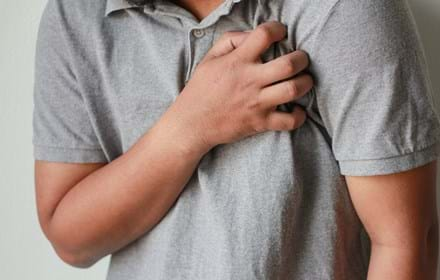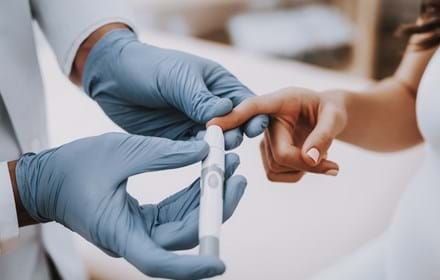
DRWF Research: Using nanotechnology for precise dosage control of microRNAs
DRWF-funded study looks at how to deliver instructions to different parts of the body.
A new study on the benefits of using nanostraw technology to control the delivery of microRNAs has been published.
MicroRNAs are small bits of RNA (ribonucleic acid) that work like micromanagers of gene expression; they function like gain control on a stereo to control cell behaviour.
Interestingly, researchers noted, one microRNA can target hundreds of mRNA (instructions to make proteins) with different affinities (stickiness).
Describing the need for the study, researchers said: “Given these unique features of miRNAs, there is a need to study the incremental effects of miRNA dosage to gain a better understanding of how miRNAs regulate cellular behaviour—either individually or in combinations.”
The study was led by Dr Ben Almquist, a Senior Lecturer in the Department of Bioengineering at Imperial College London, who was awarded a DRWF Pump Priming award in 2017 and the study is part funded by DRWF.
The results were recently published in Advanced NanoBiomed Research.
In a statement published on Twitter, Dr Almquist said: “These different affinities mean that depending on the concentration of a microRNA, it may target a different set of mRNA. Now, expand this thought to hundreds, or thousands, of microRNA working together to regulate cell behaviour - quite complex!
“Given this ability of a microRNA to target different mRNA based on its concentration, it is interesting to explore concentration-dependent target selection of microRNA - an area that is relatively understudied.
“Why might this be, given this fascinatingly complex behaviour?”
Dr Almquist added: “Unfortunately, traditional delivery methods, such as using lipid-based systems, have trouble controlling the dose of microRNA delivered to primary cells (cells with limited life spans that are isolated from people - not immortal cell lines), such as dermal fibroblasts.
“In this paper, we show that an exciting, engineered nanotechnology can overcome this limitation and enable precise dosage control and ratiometric dosing of multiple microRNAs into primary dermal fibroblasts. The nanotech we use is tiny straws that can safely inject microRNAs.
“We also show that the nanostraws can deliver, with very high efficiency, to primary human keratinocytes - a notoriously difficult cell type to deliver microRNA and other nucleic acids to.
“However, unlike other sensitive cell types, keratinocytes cannot survive nanostraws without help.”
Dr Almquist said the study team were still looking at why these nanostraws have such a negative impact on them, when no other cell types seem to be as affected.”
He added: “Not all is lost, though – a little coating with some nutrients helps keep them alive (green is alive, red is delivered microRNA), and there is room to improve the coating. But this proof-of-concept is an exciting advance for studying disease-relevant and genetically diverse primary keratinocytes.”
Dr Eleanor Kennedy, DRWF Research Manager, believed the study results showed evidence of a complex, yet interesting science.
Dr Kennedy said: “Many major cellular functions like development, differentiation, growth, and metabolism are regulated by miRNAs and there are now a lot of groups working in the diabetes arena that are focussing on miRNAs.
“The nanostraw technology is often used in this kind of research and it will be interesting to investigate why this particular cell type is so sensitive to the technology when other cell types are robustly resistant to it.”
Researchers added that they anticipate there will be more fascinating findings to follow.
Read the report in Advanced NanoBiomed Research
Read Lockdown guidance for staying home and safe for people living with diabetes during Covid-19 pandemic
Read How people with diabetes could become more ill if diagnosed with Covid-19
DRWF operations during the Covid-19 health crisis
The DRWF team is working remotely. Covid-19 guidance, particularly where it aligns or impacts with diabetes guidance, is shared as quickly as possible through the DRWF website and social media channels with the aim of making it as easy to understand as possible and a reliable source of latest news.
Further reports to follow – visit DRWF news page
Follow Dr Eleanor Kennedy on Twitter: @DRWFEleanor
Support DRWF by making a donation here
Find out more about DRWF-funded research here
Find out more about DRWF fundraising here
For latest update follow DRWF on Facebook, Instagram and Twitter
To receive the charity’s latest bulletins as they become available, please sign up here
Read DRWF diabetes information leaflets here
Join the Diabetes Wellness Network here
Recent News


